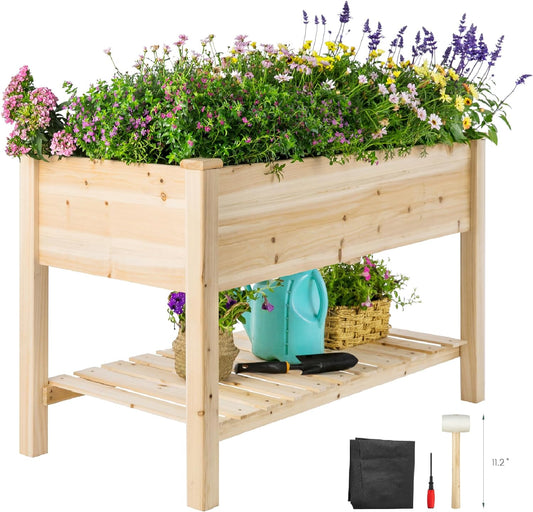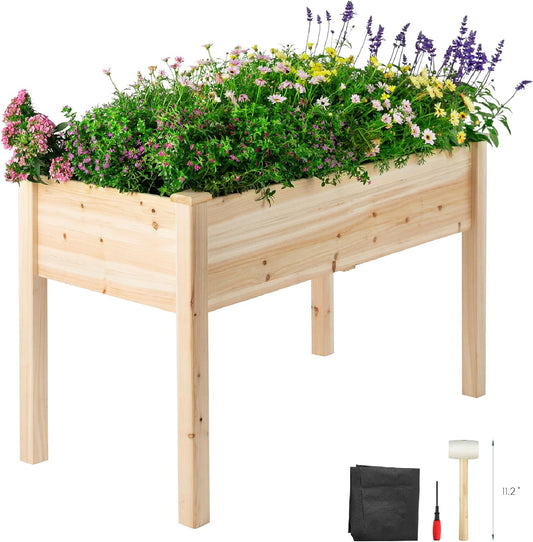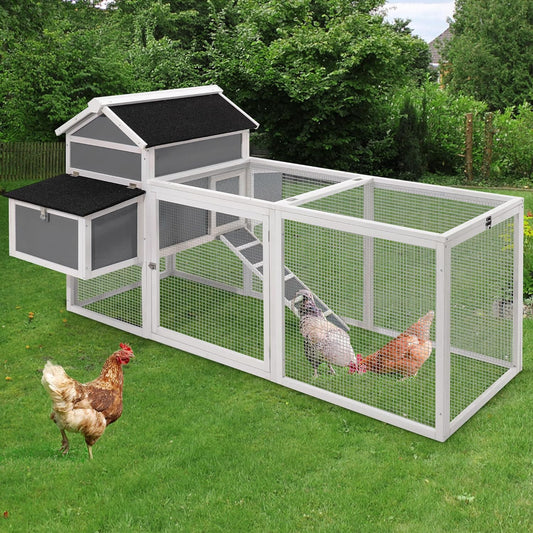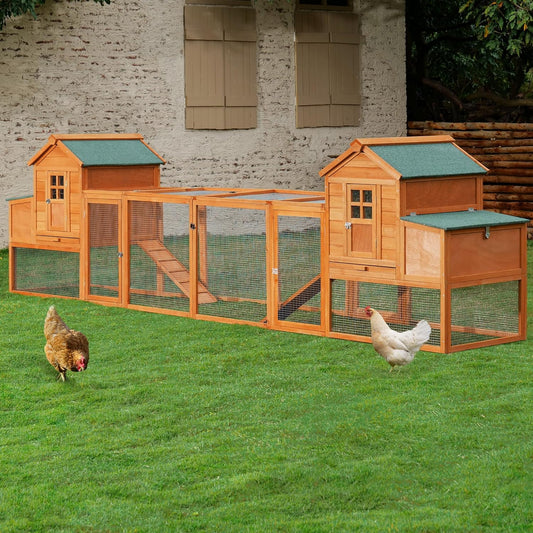
FAQ's
Is your question not listed? Contact our customer service.
FAQ - Garden Bed
What materials are commonly used to construct garden beds?
Garden beds are typically constructed using a variety of materials such as wood, metal, plastic, and composite materials. Wood, particularly cedar and redwood, is popular due to its natural aesthetic and durability. Metal options include galvanized steel or aluminum, known for their longevity and resistance to corrosion. Plastic and composite materials offer lightweight and low-maintenance alternatives.
How deep should a garden bed be for optimal plant growth?
The ideal depth of a garden bed depends on the types of plants you intend to grow. Generally, a depth of 6 to 12 inches is suitable for most vegetables, herbs, and flowers. However, for root vegetables like carrots or potatoes, deeper beds of 12 to 18 inches may be necessary to accommodate their growth.
Do garden beds require any special maintenance?
Garden beds typically require minimal maintenance compared to traditional gardens. Regular watering, weeding, and occasional fertilization are necessary to ensure healthy plant growth. Additionally, inspecting the bed for signs of rot or damage and replacing worn-out components, such as deteriorating wood or rusted metal, can help prolong its lifespan.
Can garden beds be placed on uneven ground or slopes?
Yes, garden beds can be placed on uneven ground or slopes with proper preparation. It's essential to level the area as much as possible and consider using retaining walls or terracing techniques to prevent soil erosion and ensure stability. Additionally, adjustable legs or shims can be used to level the garden bed on uneven surfaces.
-
Breltam Outdoor Wood Tall Raised Garden Beds with Legs and Large Storage Shelf for Flower and Vego, Elevated Planter Box Stand for Backyard
Regular price From $79.99Regular priceUnit price / per$149.99Sale price From $79.99Sold out -
Breltam Outdoor Standing Raised Planter Boxes on Legs for Gardening
Regular price $69.99Regular priceUnit price / per$169.99Sale price $69.99Sold out -
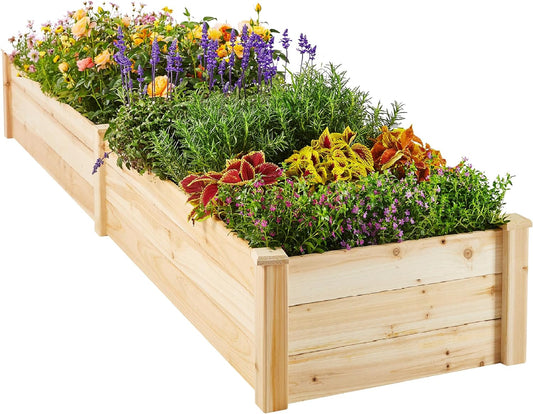 Sold out
Sold outBreltam Lowes Planter Box
Regular price $69.99Regular priceUnit price / per$129.99Sale price $69.99Sold out
FAQ - Chicken Coop
What materials are commonly used to construct chicken coops?
- Wood: Cedar, pine, and fir are popular choices due to their durability and natural resistance to decay.
- Metal: Galvanized steel or aluminum can be used for framing or mesh panels to provide added strength and protection.
- Wire Mesh: Used for ventilation and as barriers, wire mesh is typically made from galvanized steel or PVC-coated wire.
- Plastic: Some coops feature plastic panels or roofing materials for lightweight and weather-resistant construction.
- Hardware: Nails, screws, hinges, and latches made of stainless steel or galvanized metal are commonly used for assembly and security.
How many chickens can a standard-sized chicken coop accommodate?
The number of chickens a standard-sized chicken coop can accommodate depends on its dimensions and the space requirements of the specific chicken breeds. As a general guideline, each chicken should have a minimum of 2 to 4 square feet of space within the coop, with additional space provided in the outdoor run area. Therefore, a coop measuring 4 feet by 8 feet could comfortably house 4 to 8 chickens.
Do chicken coops require any special maintenance?
Chicken coops require regular maintenance to ensure the health and well-being of the chickens. This includes daily tasks such as cleaning the coop bedding, refilling food and water containers, and collecting eggs. Additionally, periodic cleaning and disinfecting of the coop, inspecting for signs of wear or damage, and treating for pests or parasites are essential for maintaining a clean and healthy environment for the chickens.
Can chicken coops be predator-proofed?
Yes, chicken coops can be predator-proofed to protect the chickens from potential threats such as foxes, raccoons, and birds of prey. This can be achieved by installing sturdy hardware cloth or wire mesh around the coop and run area, burying it underground to prevent digging, and securing all access points with latches or locks. Additionally, adding motion-activated lights or alarms can help deter nocturnal predators.
-
Breltam Outdoor Large Chicken Coops with Run and Metal Wire Fence, Portable Wooden Hen House with Waterproof Roof & Nesting Box for Backyard
Regular price From $209.98Regular priceUnit price / per$499.99Sale price From $209.98Sold out -
Outdoor Chicken Coop Hen House with Nesting Box and Run, Poultry Cage Rabbit Hutch with Floor and Tray for Backyard
Regular price From $209.98Regular priceUnit price / per$489.99Sale price From $209.98Sold out
Learn & Tips
View all-
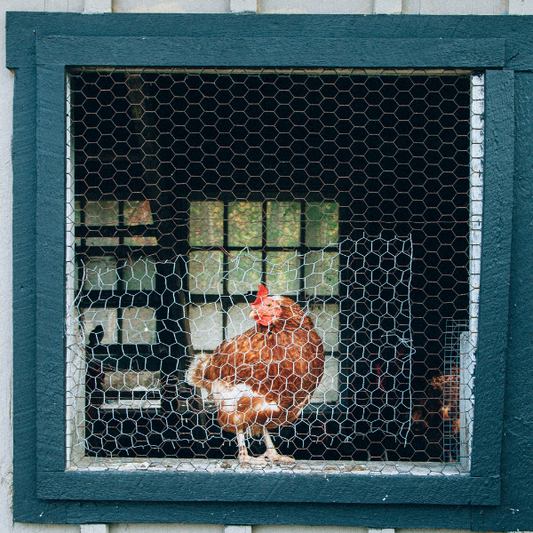
Where to Buy Chicken Coops: A Comprehensive Guide
Choosing the right chicken coop is crucial for anyone looking to raise chickens, whether for fresh eggs or as pets. At Breltam, we understand the importance of quality and functionality...
Where to Buy Chicken Coops: A Comprehensive Guide
Choosing the right chicken coop is crucial for anyone looking to raise chickens, whether for fresh eggs or as pets. At Breltam, we understand the importance of quality and functionality...
-
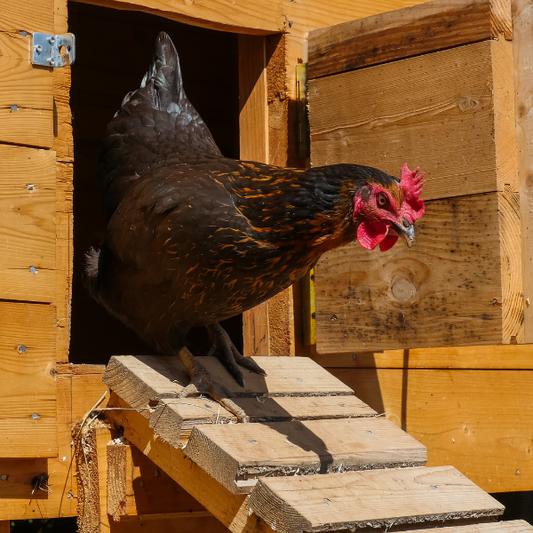
Keeping Snakes Out of Your Hen House: Effective...
For backyard chicken owners, ensuring the safety and comfort of your flock is paramount. One of the common challenges faced is keeping snakes out of the hen house, especially in...
Keeping Snakes Out of Your Hen House: Effective...
For backyard chicken owners, ensuring the safety and comfort of your flock is paramount. One of the common challenges faced is keeping snakes out of the hen house, especially in...
-
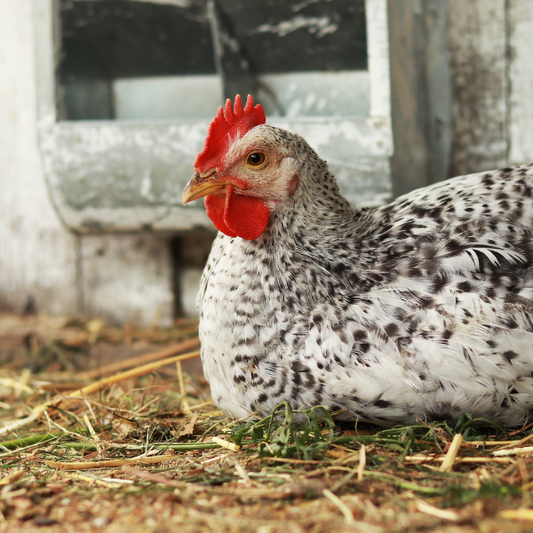
Determining the Right Size for Your Hen House
When it comes to raising chickens, providing adequate space in their coop is crucial for their health, well-being, and productivity. At Breltam, we understand the importance of sizing your chicken...
Determining the Right Size for Your Hen House
When it comes to raising chickens, providing adequate space in their coop is crucial for their health, well-being, and productivity. At Breltam, we understand the importance of sizing your chicken...

